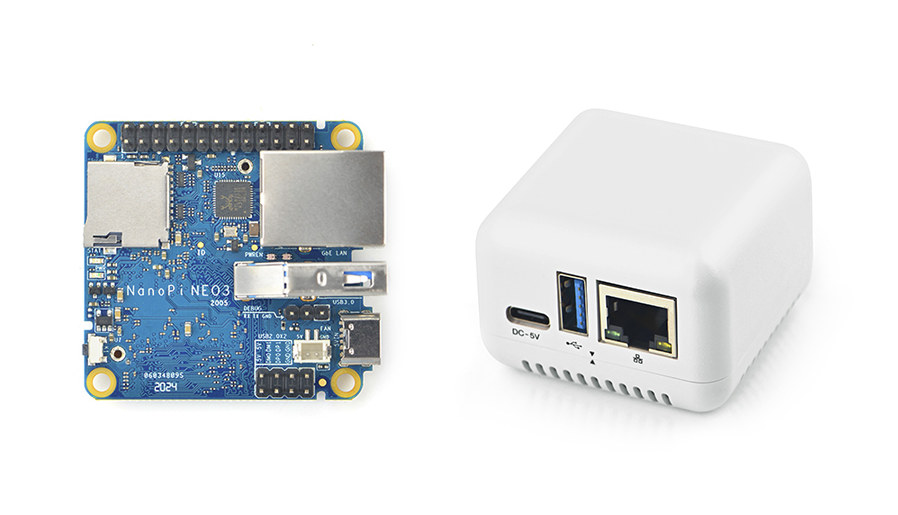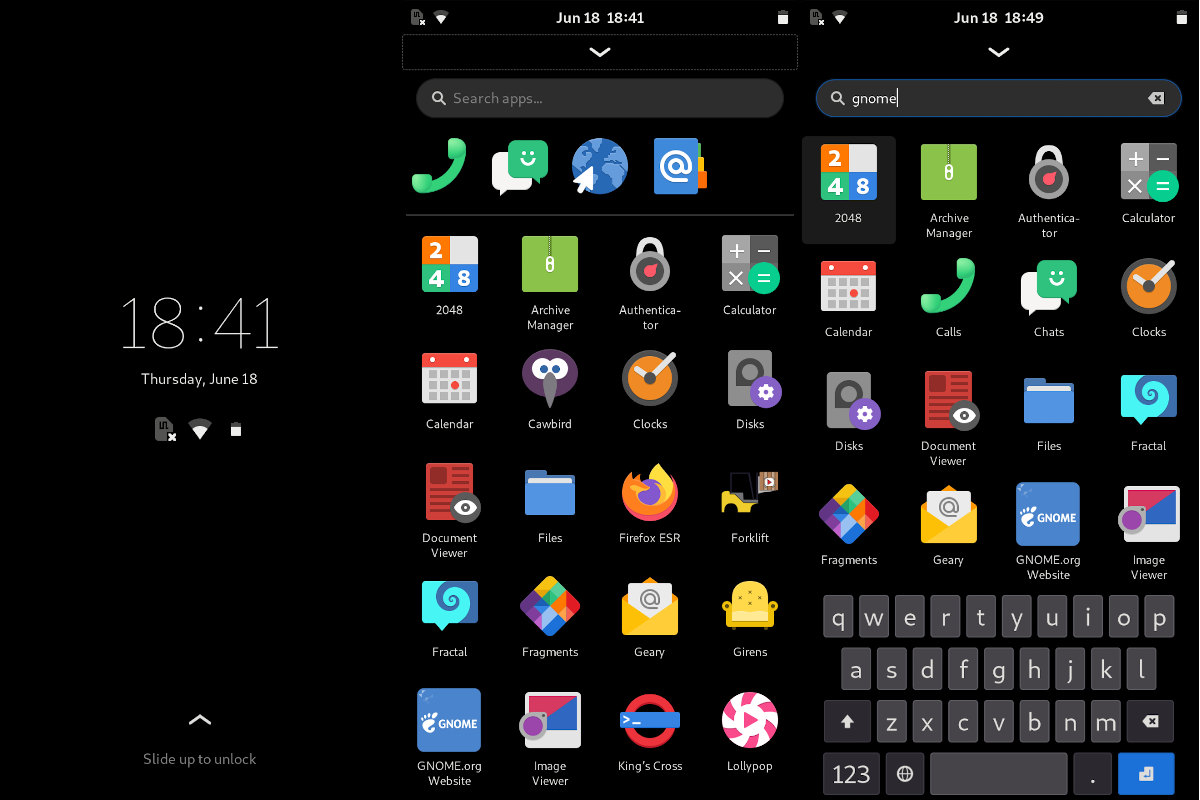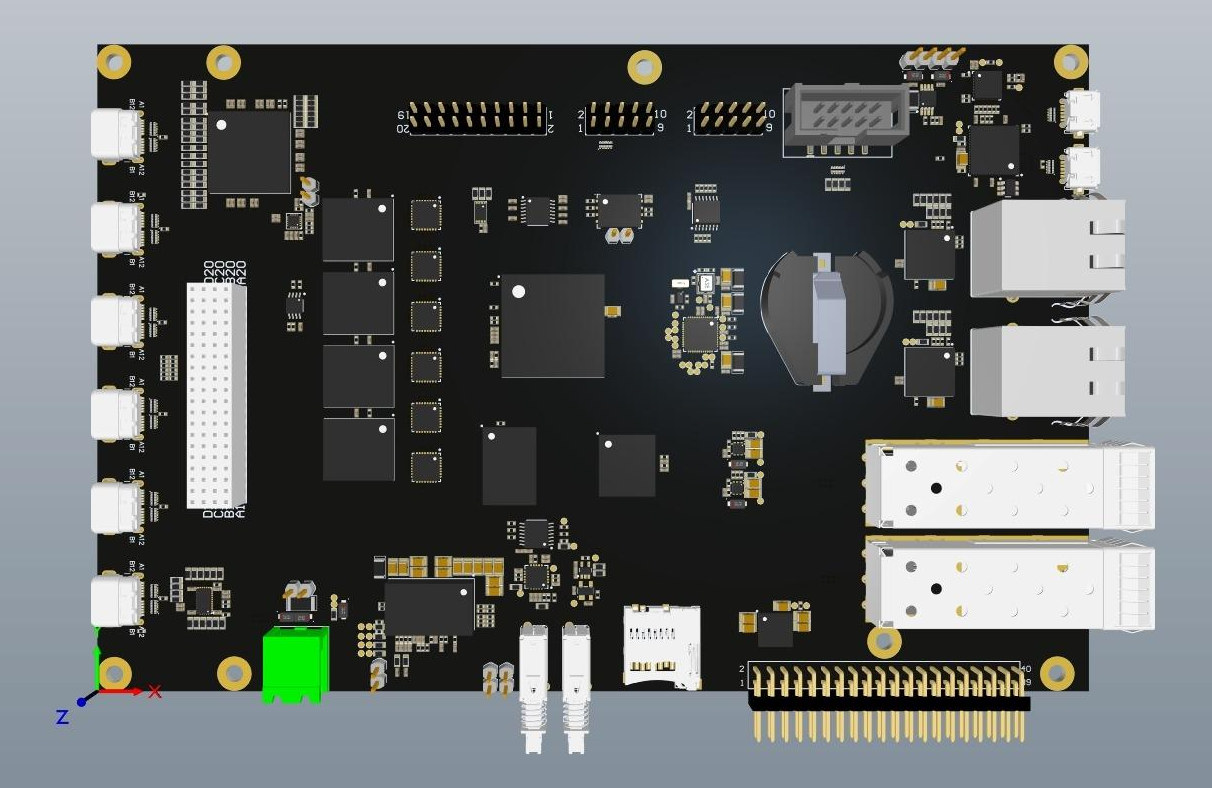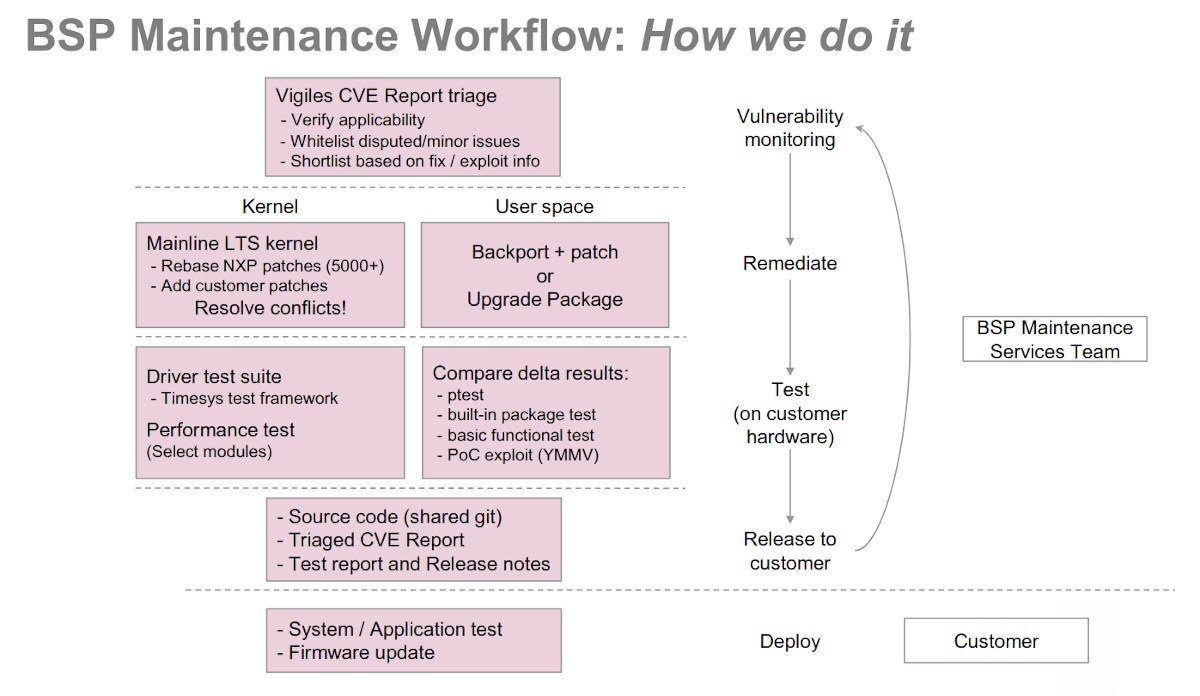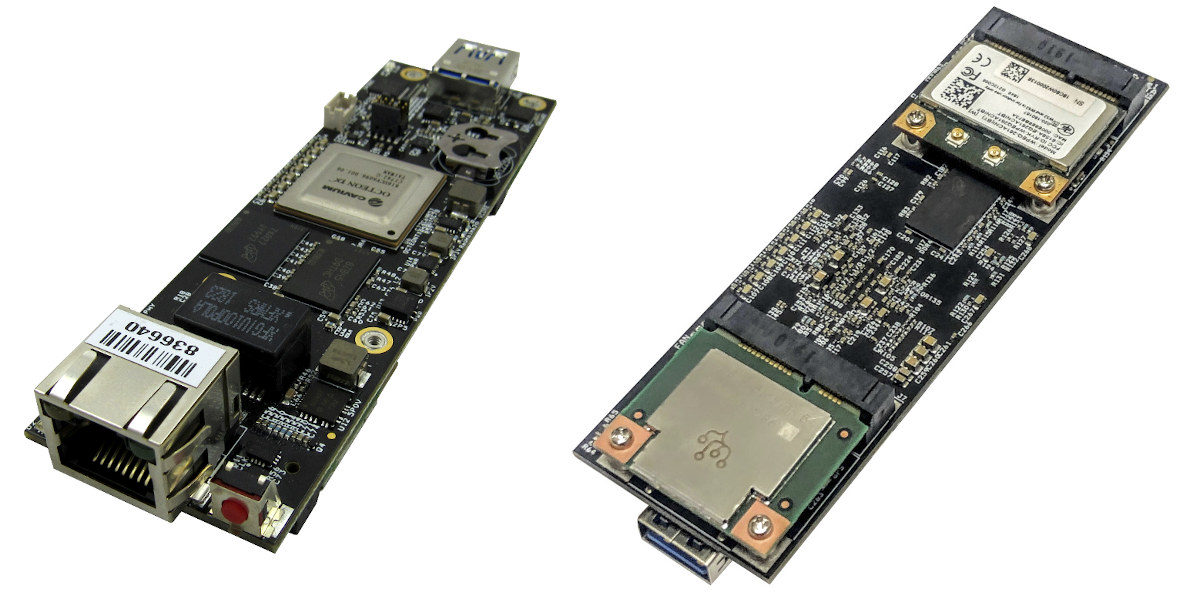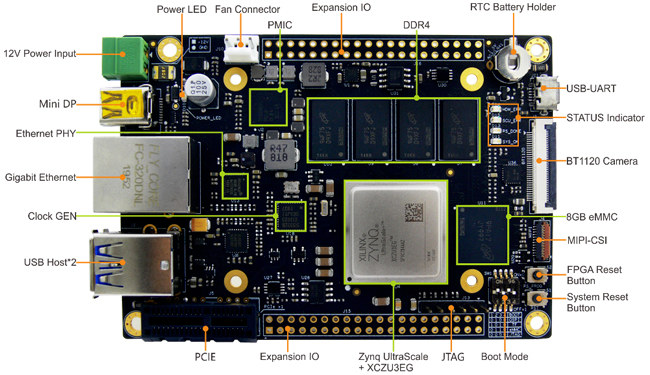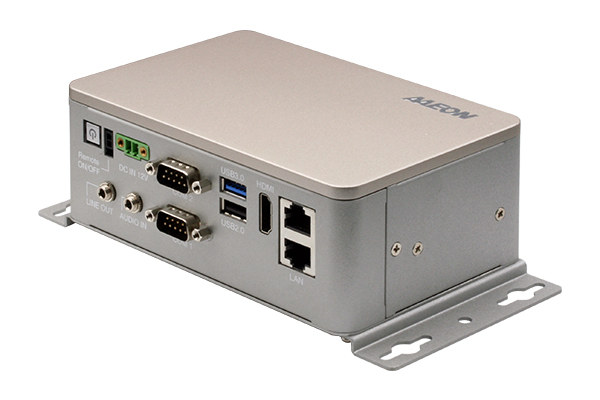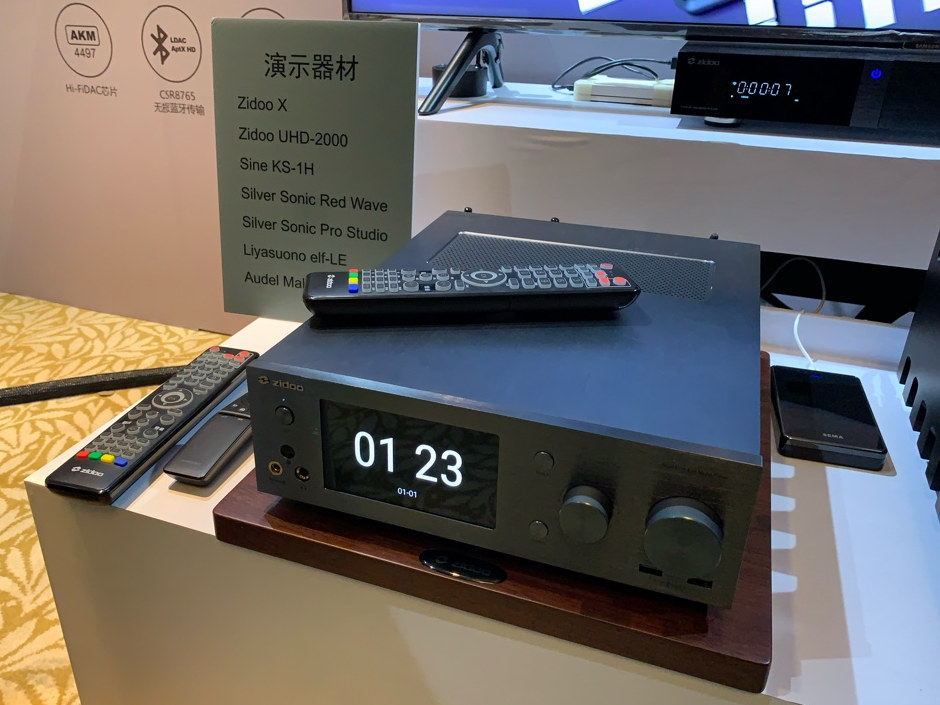Last month, we found out FriendlyELEC was working on NanoPi NEO3, a tiny SBC powered by Rockchip RK3328 processor and made for headless applications and networked storage thanks to Gigabit Ethernet and USB 3.0 ports, as well as a 26-pin GPIO header. At the time, the board was still been finalized, but the company has now started to take orders for $20 and up depending on options which include a cute white enclosure.. Here’s a quick reminder of NanoPi NEO3 specifications: SoC – Rockchip RK3328 quad-core Arm Cortex A53 processor with Mali-450MP2 GPU System Memory – 1GB or 2GB DDR4 Storage – MicroSD Slot for system boot and storage Video Output – N/A Connectivity – Gigabit Ethernet with unique MAC via RTL8211E PHY USB – 1x USB3.0 Type-A port, 2x USB2.0 on 2.54mm 8-pin header Expansion – 26-pin header with I2C, UART, SPI, I2S, GPIO Debugging – 3-pin header for […]
Debian based Mobian Linux OS Brings Librem 5 Phosh Shell to Pinephone
2020 is the year of the Linux phone. Sort of… At least, we now have smartphones that ships with Linux thanks to PinePhone and Librem 5, and several Linux mobile operating systems with Ubuntu Touch based UBPorts, postmarketOS, and others. Mobian is another Linux distribution which as its name implies is based on Debian and targets mobile devices. Interestingly, the project relies on Purism Phosh phone shell/user interface used in Librem 5, but the first Mobian image has been released for PinePhone with plans for PineTab and Librem 5 support coming later. Mobian supports a nice list of apps include Chromium, Firefox ESR, Calls, Files, Telegram messaging app, MPV media player, GNOME 2048, and more 3D graphics works, you can make phone calls, browse the web, and use GPS/GNSS applications, but it’s still work in progress as for example, USB and the camera does not work, the phone may take […]
Upcoming SAVVY-V Open Source RISC-V Cluster Board Supports 10GbE via Microsemi PolarFire 64-bit RISC-V SoC
RISC-V based PolarFire SoC FPGA by Microsemi may be coming up in the third quarter of this year, but Ali Uzel has been sharing a few details about SAVVY-V advanced open-source RISC-V cluster board made by FOSOH-V (Flexible Open SOurce Hardware for RISC-V) community of developers. It’s powered by Microsemi Polarfire RISC-V SoC MPFS250T with four 64-bit RISC-V cores, a smaller RV64IMAC monitor core, and FPGA fabric that allows 10GbE via SFP+ cages, and exposes six USB Type-C ports. The solution is called a cluster board since up to six SAVVY-V boards can be stacked via a PC/104+ connector and interfaced via the USB-C ports. SAVVY-V cluster board preliminary features and specifications: SoC – Microsemi Polarfire RISC-V SoC MPFS250T with a quad-core 64-bit RV64IMAFDC (RV64GC) processor @ up to 667 MHz, a RV64IMAC monitor core, and FPGA fabric with 250K logic elements; 3.0 CoreMarks/MHz, 2.0 DMIPs/MHz; Also compatible with MPFS160T, […]
Interview – NXP Linux BSP and Timesys Vigiles Maintenance Service & Security Updates
I’ve been interviewing Ed White, Manager of NXP’s Professional Support and Engineering Services, and Akshay Bhat, Director of Engineering, Security Solutions at Timesys by email to find out more about NXP Linux BSP development process, and how Timesys can help to keep it updated and secure with its Vigiles service. Q1. CNX Software readers recently discussed NXP Linux BSP update status. One person specifically noted Linux 4.14.98 used in the BSP was well over a year old, and there were various opinions about the topic, including one person suggesting NXP only provides a stable BSP and it was the ultimate responsibility of the customer to merge Linux security patchsets. Could you explain the typical development process for NXP Linux BSP, and why the company chose not to update the patchsets regularly? Answer: The kernel strategy for NXP’s i.MX family BSPs closely follows the annual cadence of kernel.org’s LTS kernel selection. […]
Using Google Coral mPCIe Card into a Compact Marvell Octeon TX Linux SBC
Google launched Coral mPCIe and M.2 cards at the very beginning of the year. The cards integrate the company’s 4 TOPS Edge TPU used for low power edge AI applications to bring the solutions to boards with mPCIe or M.2 sockets. Those are just hardware sockets that are optionally connected to USB, PCIe, I2C, etc… so you have to make sure the socket on your board exposes PCIe Gen2 x1. If you worry about compatibility, it’s good to get a board that’s known to work, and one of those is Gateworks Newport GW6903 SBC that offers two mPCIe sockets and features Marvell Octeon TX dual or quad-core Armv8 processor coupled with up to 4GB RAM. Besides the mini PCIe Coral card and Newport SBC, you’ll also need a Linux host and optionally a USB webcam for inference. The rest of the instructions are explained in the Wiki with the following […]
Zynq UltraScale+ Arm FPGA FZ3 Deep Learning Accelerator Card Supports Baidu Brain AI Tools
MYIR’s FZ3 card is a deep learning accelerator board powered by Xilinx Zynq UltraScale+ ZU3EG Arm FPGA MPSoC delivering up to 1.2TOPS for artificial intelligence products based on Baidu Brain AI open platform. The FZ3 card also features 4GB RAM, 8GB eMMC flash, USB 2.0 & USB 3.0 ports, Gigabit Ethernet, DisplayPort (DP) output, PCIe interface, MIPI-CSI and more. MYIR FZ3 card specifications: SoC – Xilinx Zynq UltraScale+ XCZU3EG-1SFVC784E (ZU3EG) MPSoC Quad-core Arm Cortex-A53 @ 1.2 GHz Dual-core Arm Cortex-R5 processor @ 600MHz Arm Mali-400MP2 GPU FPGA fabric System Memory – 4GB DDR4 Storage – 8GB eMMC flash, 32MB QSPI flash, 32KB EEPROM, MicroSD card slot Video Output – 1x Mini DisplayPort up to 4Kp30 Camera I/F 1 x MIPI-CSI Interface (25-pin 0.3mm pitch FPC connector) 1 x BT1120 Camera Interface (32-pin 0.5mm pitch FPC connector) Connectivity – 1x Gigabit Ethernet USB – 1x USB 2.0 Host, 1x USB 3.0 Host […]
AI Edge Fanless Embedded Box PC is Powered by HiSilicon HI3559A Penta-Core 8K AI Camera SoC
HiSilicon Hi3559A is a penta-core Cortex-A73/A53 processor designed for 8Kp30 or 4Kp120 smart cameras thanks to DSP cores and a single or dual-core NNIE (Neural Network Inference Engine) AI accelerator. We first found the processor in an expensive development board and noted its integration into OBSBOT Tail 4Kp60 “auto-director” smart camera and a 4Kp120 action camera. AAEON has now launched BOXER-8410AI AI Edge fanless embedded box PC based on Hi3559A V100ES processor to add an alternative to its Intel and NVIDIA based AI edge PC‘s. AAEON BOXER-8410AI specifications: SoC – Hisilicon Hi3559A V100(ES) (See product brief) CPU – Penta-core processor with 2x Arm Cortex A73 cores @ 1.8 GHz, 2x Arm Cortex A53 cores @ 1.2 GHz, 1x low power Arm Cortex A53 core @ 1.2 GHz GPU – Arm Mali-G71 MP2 GPU @ 900 MHz AI Accelerators – Quad-core DSP & dual-core NNIE MCU – Arm Cortex-M7 based Sensor […]
Upcoming RTD1619 Media Players – Dune HD Pro 4K II, Zidoo Z9X, and Zidoo X
Realtek RTD1619 hexa-core Cortex-A55 media SoC was first spotted in 2018 in the Linux source code. Since no products had been launched based on RTD1619, I had mostly forgotten about the processor until I wrote about RTD1395 powered Dune HD RealBox 4K. I was then informed about the upcoming Dune HD Pro 4K II, and a quick search reveals Zidoo is also working on its own RTD1619 media players with Zidoo Z9X and Zidoo X models. Dune HD Pro4K II Specifications: SoC – Realtek RTD1619 hexa-core Cortex-A55 processor with Mali-G51 Bifrost GPU System Memory – 4 GB RAM Storage – 32 GB flash, MicroSD slot, external SATA HDD (data + power) Video Output – HDMI 2.0b up to 4Kp60 HDR, 3.5mm A/V connector for composite Video Input – HDMI 2.0 input for PiP or recording Audio Output – optical S/PDIF, digital audio via HDMI, analog stereo audio via A/V connector […]


